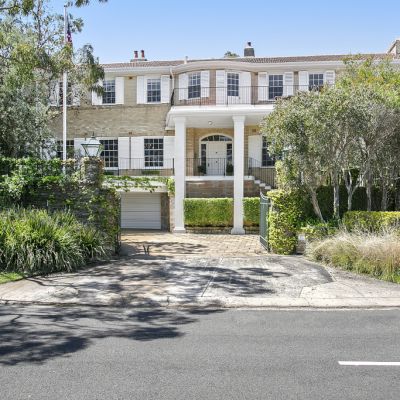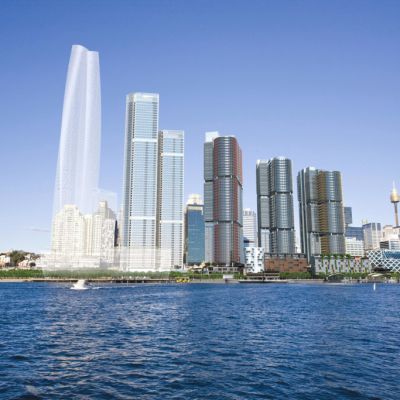The best of the best: What elevates a high-end home to 'trophy' status

There are many stunning – and very expensive – homes across Australia but only an elite selection of properties can claim the ultimate status of a “trophy home”.
But what exactly is it that elevates a jaw-dropping property from “high-end” to that next level?
Trophy homes may be different in architectural style, interior design, location and price tag, but what ties them together is an X-factor that places them a cut above other residences.
On Sydney’s lower north shore, such a home often comes in the form of a grand estate or a waterfront pile, according to Michael Coombs from LJ Hooker Avnu, with one must-have element: “Trophy homes are usually homes that are very hard to replace,” Mr Coombs said.
“A real trophy is something [a buyer] aspires to have, almost like a dream.”
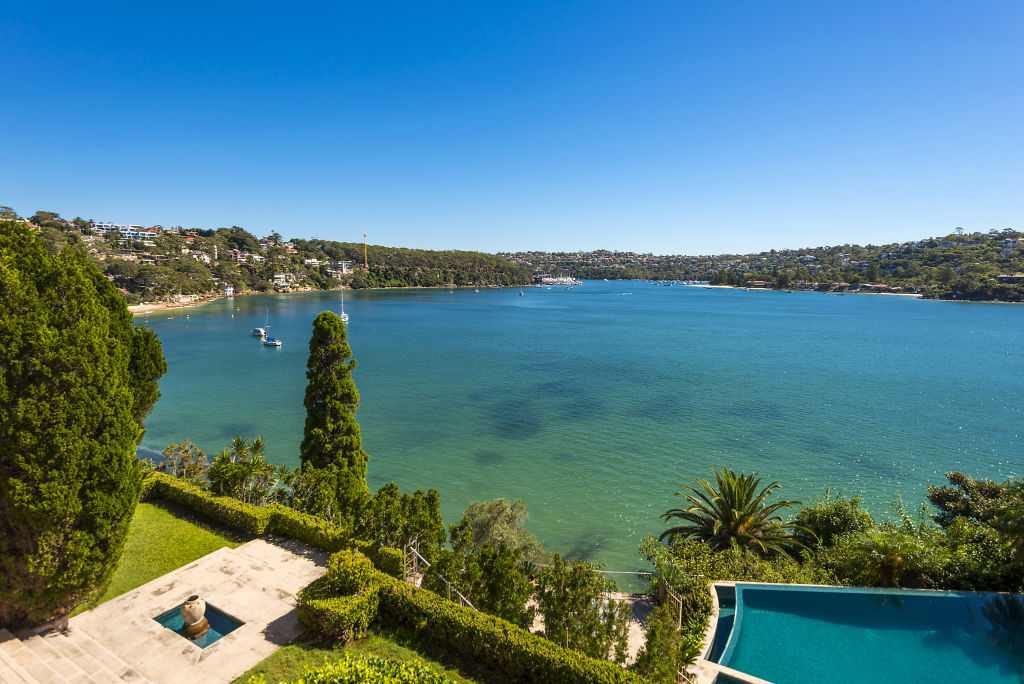
Although fittings and finishes could be important, Mr Coombs said an unparalleled location was often more of a factor in Sydney. He said waterfronts on Mosman’s Burran Avenue and Hopetoun Avenue, for instance, had their share of property prizes.
Mr Coombs is currently selling a Federation manor on Mosman’s Prince Albert Street that fits the bill, complete with Harbour Bridge and Opera House views. “When people walk through the door, you hear ‘wow’ as they [walk] throughout the whole house,” he said.
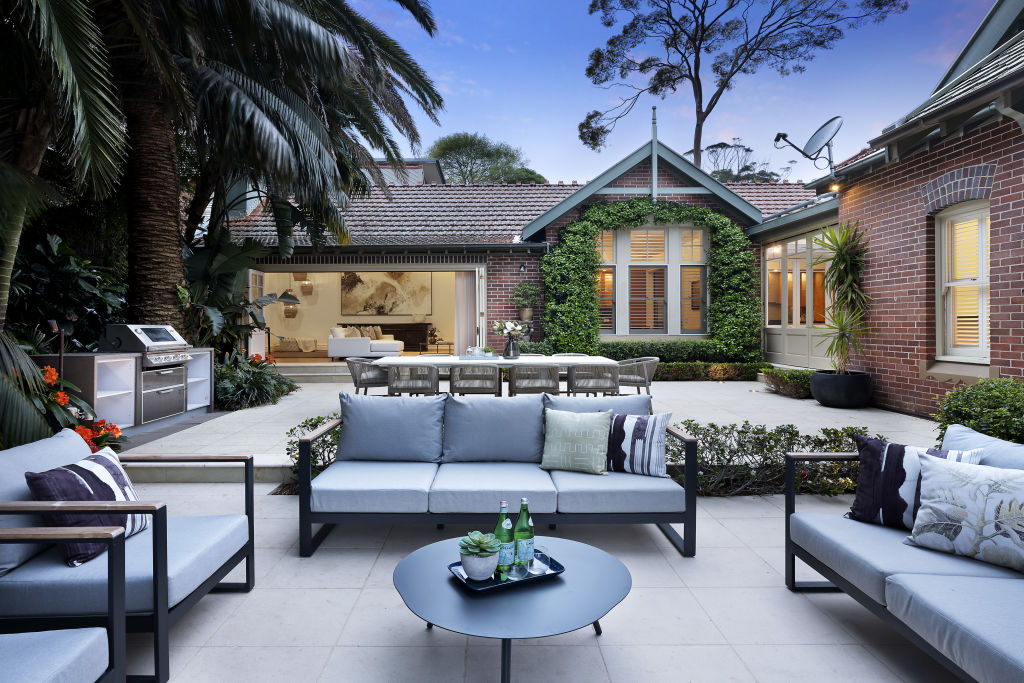
According to Brad Pillinger from Pillinger, harbour views have gained more cachet in Sydney over time.
“In the ’80s and ’90s, north-facing waterfronts were the most sought, [but over the] last 20 years as the cultural background of a portion of the market place changed, views of the city and bridge have been highly sought,” Mr Pillinger said.
While trophy homes often commanded eye-watering prices, they were not necessarily always the most expensive on offer. Mr Coombs said some homes could be priced in the $5 million to $7 million bracket – moderately low for Sydney’s prestige market – but still earn trophy status by being “perfect”.
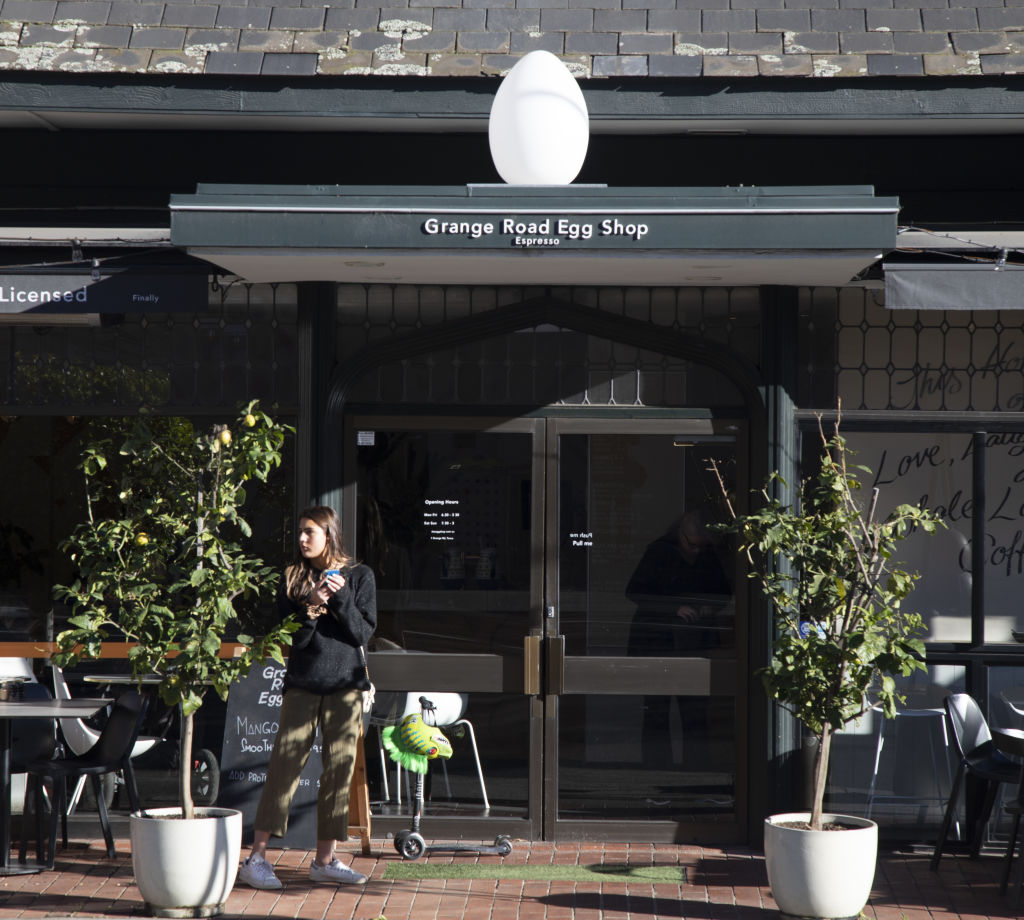
Perfection was always in the eye of the beholder and, according to Nicole Gleeson from Kay & Burton South Yarra, a trophy home did not need to appeal to everybody.
“It’s a one-off … an ‘oh my god’ type of home,” she said. “Though it might not be everyone’s cup of tea, it [can be a trophy] because there’s not another one.”
Ms Gleeson said Melbourne’s trophy homes were found in a variety of suburbs, from Brighton to Toorak, but that location, grandeur and the quality of the architecture and finishes were common threads.
“It’s something that has all the bells and whistles because nothing has been left to do,” Ms Gleeson said.
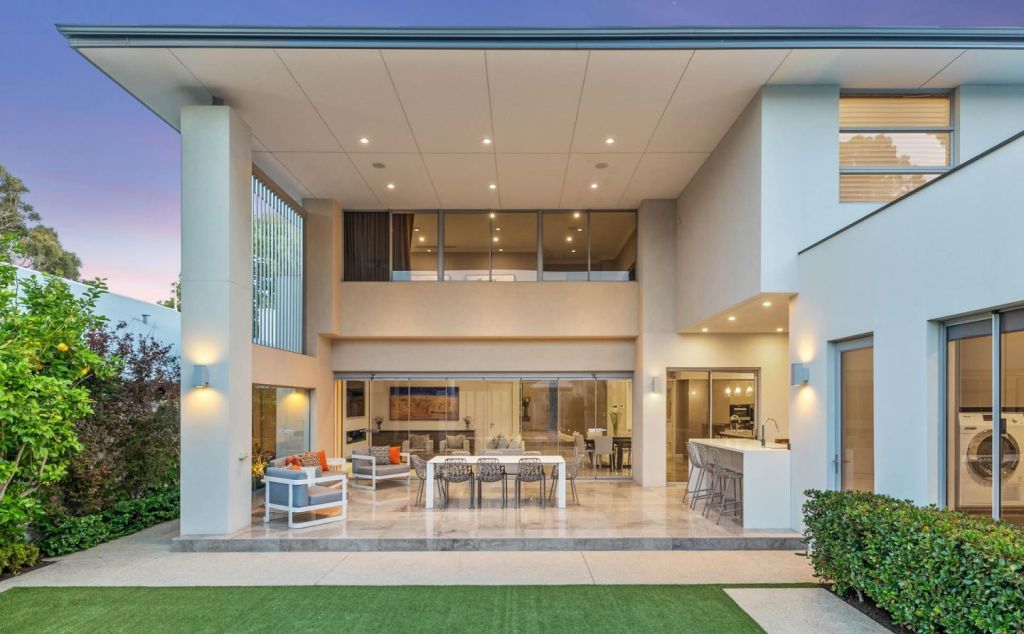
William Porteous from William Porteous Properties International agreed that the definition of a trophy home differed from one buyer to the next, but said Perth trophies were usually linked by design quality, the level of luxury and the functionality.
Size may not play a part either. “You can have a buyer who wants a small trophy home, on a small block … but which is very unique and beautifully designed,” Mr Porteous said.
“You might pay a premium for a small, very well built house over a mega mansion.”
He said properties at this level in Perth varied widely in sale price, with riverfront offerings selling from $6 million up to about $40 million.
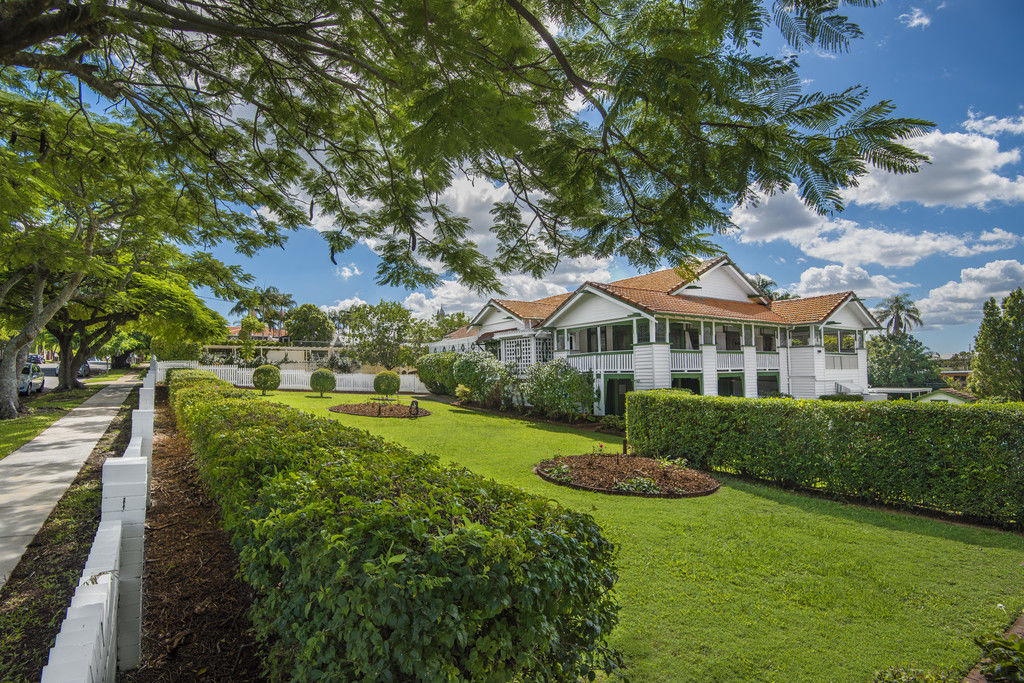
In Brisbane, where grand Queenslanders and striking contemporary homes compete at the high-end market, Christine Rudolph from Ray White New Farm said properties with significant history often entered trophy territory.
In particular, stately residences that rarely changed hands and those that had been held by a prominent family typically made the grade. She pointed to Clonara in Clayfield as an example, once owned by Australian of the Year Sir Edward Williams and an early example of Queensland architecture.
Ms Rudolph said the house set a suburb record at $7 million when it sold last year.
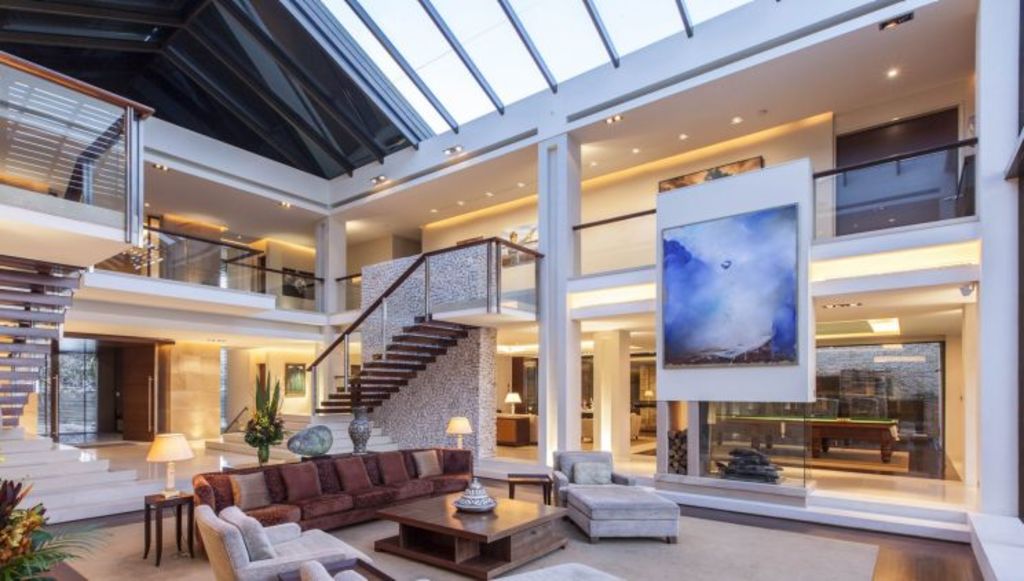
Further south on the Gold Coast, Eddie Wardale from Kollosche said trophy homes were most typically defined by their architectural flair in enclaves such as Mermaid Beach and the Sovereign Islands.
Along with the locale, Gold Coast trophy buyers wanted a residence that set a benchmark for luxury living, Mr Wardale said, with many coastal offerings fetching prices of $15 million or more.
Mr Wardale said Tidemark on Mermaid Beach’s Albatross Avenue was a shining example, a Bayden Goddard-designed masterpiece that exchanged in 2016 for $25 million.
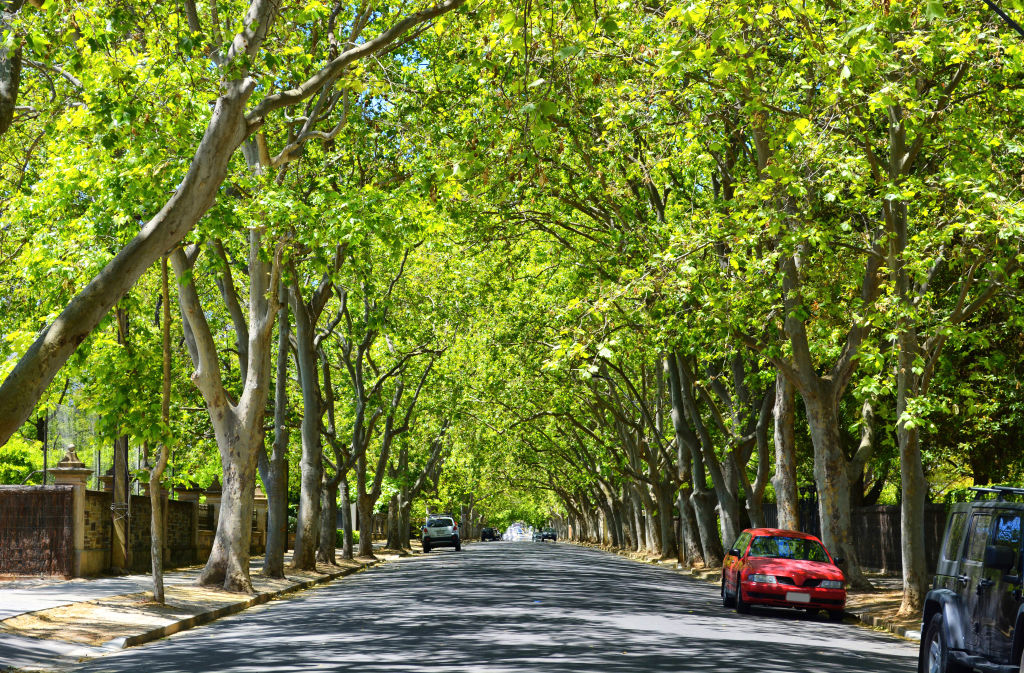
In Adelaide, what defined a trophy home was simple. According to John Williams from Harcourts Williams, buyers wanted everything, including a blend of period character and contemporary renovations, proximity to elite schools and cosmopolitan precincts, and design that needed nothing further.
“[Buyers] want it to be perfect in every regard, and obviously it can’t become dated,” Mr Williams said. “It’s got to be done really, really well, and the people looking for that kind of property can tell the difference.”
Sweeping water views do not hold the same status in Adelaide as they do in Sydney, with grand homes near the CBD preferred, and streets such as Victoria Avenue in Unley Park highly desired.
Mr Williams said buyers would likely be paying at least $4 million for a trophy home in the city.
We recommend
We thought you might like
States
Capital Cities
Capital Cities - Rentals
Popular Areas
Allhomes
More

